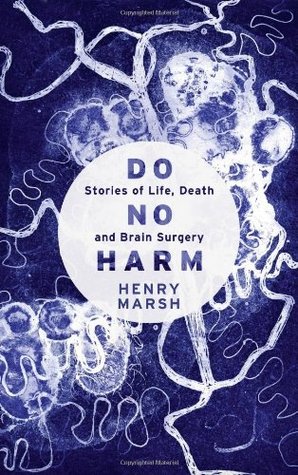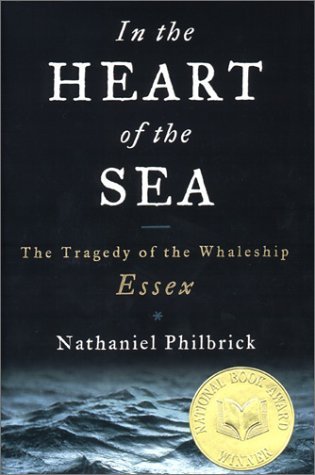I don’t usually like to think about medical things since I’m a bit squeamish in nature. However, I was eager to read “Do No Harm” by Henry Marsh, because to me, those who perform surgery on the brain are great explorers on the same level as astronauts. Brain surgeons operate on people knowing they are cutting into their thoughts, their dreams, and their very personalities; yet, they control their fear of the process and try to improve the lives of their patients in spite of it. Henry Marsh is an expert in his field, a top British neurosurgeon, and his insights in this book are both wonderful and terrifying. He not only provides medical information about the successes and failures of his work, but also shares his personal insights into his own life and into the lives of his patients and their families. I found his insights to be the most fascinating part of this book. How do you break the news to a family that their loved one will likely die, or at best, be horribly impaired? How do you talk to a patient and their family after a routine surgery goes terribly wrong? When is surgery not the right option, and who should decide this, the surgeon or the family? How do you put past failures behind you so you can focus on the present day surgery? Henry Marsh lays out his struggles with such issues with extreme candor and humility. He also shares his trials and tribulations with the British medical system, where surgeries are often cancelled because patients will not have beds to recover in afterwards. In a time where management of our own medical system is a controversial topic, Dr. Marsh’s commentary is especially well-timed.
Category Archives: non-fiction
In the Heart of the Sea: The Tragedy of the Whaleship Essex, by Nathaniel Philbrick
I don’t usually read non-fiction, and when I do, I don’t usually like it all that well. With “In the Heart of the Sea: The Tragedy of the Whaleship Essex,” I’ll admit that I picked up the book because Ron Howard is directing a movie version, soon to be released, starring Chris Hemsworth. (Yes, I am a fangirl of both men.) Add in the fact that the book is a historical sea adventure and involves sperm whales, and I was in. I love sea adventures, having fallen in love with C.S. Forester’s Horatio Hornblower books early in life. And sperm whales hunt giant squid, and that is just awesome. It didn’t hurt that the book won the National Book Award for non-fiction in 2001.
“In the Heart of the Sea” tells the tale of the whaling ship Essex, sailing out of Nantucket in 1819 for the seas west of South America. The tale is told from the point-of-view of Thomas Nickerson, who joined the ship as a 14-year-old cabin boy. Through Nickerson’s account, we are introduced to Captain George Pollard, first mate Owen Chase, and rest of the intrepid crew. They set sail on what was to be a two to three year journey to hunt sperm whales for their oil. The voyage does not go as planned, and in 1820, the ship is sunk by an enraged sperm whale. The twenty man crew is left stranded at sea in three small whaling boats, 2,000 miles west of the coast of South America. While the Marquesas Islands are 1,200 miles to the west, the stranded men fear that the islands are inhabited by cannibals. Instead, they choose to sail for South America. This course requires them to sail 1,000 miles south, and then 3,000 miles east, due to the winds and ocean currents. They spend 95 days at sea, and eight of the men survive.
This story is fascinating for a number of reasons. First of all, it’s true, and two first-hand accounts of the ordeal exist, written by Thomas Nickerson and Owen Chase. The Essex was the first whaling ship to be sunk by a whale; this act of aggression by a whale not only stunned the crew, but stunned the rest of the whaling community as well, for no one thought that a whale would be capable of what seemed to be calculated, aggressive intent. Then, the choices the castaways make as they fight for survival are mesmerizing. They feared cannibals, and yet they became them. The dynamics of personalities in the three boats are very different, and this matters greatly on who survives the ordeal. There is hunger, thirst, madness, and execution. There is dedication, commitment, and the resolve to survive. And, of course, there are whales and the beautiful, yet merciless sea.
I literally could not stop reading this book. Herman Melville was so entranced by the story that he was inspired to write his classic story, Moby-Dick. The tale is part horror story, part thriller, part sea adventure, with commentary on environmental issues, religion and the lust for the almighty dollar. This is the best book I’ve read all year. Highly recommended.
Filed under adventure, non-fiction



